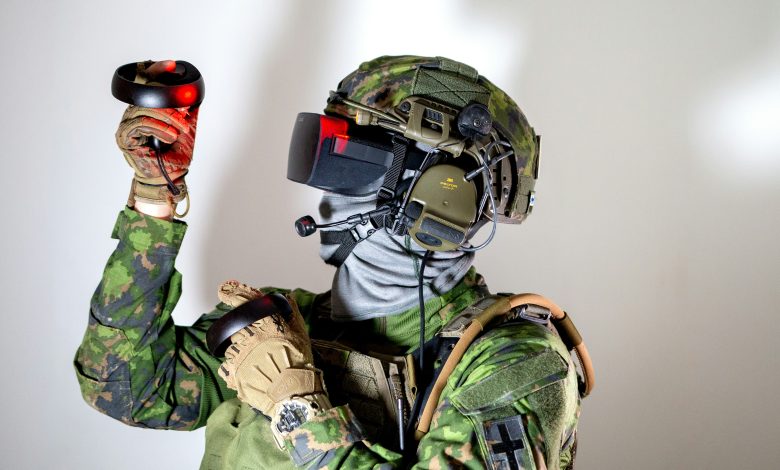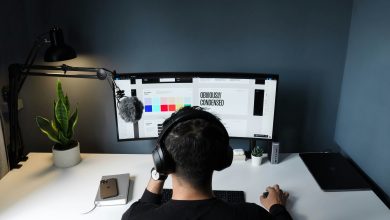
Introduction: AR as a Decision-Making Tool
AR is past the hype. In healthcare facility design and complex studio build-outs, AR (and broader XR) compresses decisions, exposes risks early, and aligns stakeholders faster by making abstract environments tangible. Peer-reviewed and industry cases show AR/VR mock-ups improve design quality, reduce rework, and accelerate consensus. (PMC)
AR in Healthcare: Designing the Hospital of the Future
On hospital redevelopments, immersive mock-ups let clinicians “walk” proposed rooms before construction. Simulation-based evaluations in virtual environments improved quality and patient-safety outcomes and demonstrated ROI versus physical mock-ups. (PMC)
Firms now use AR on emergency department designs so stakeholders review flows, door locations, and room adjacencies in context producing clearer decisions than drawings alone. (GBBN)
Research across healthcare architecture confirms XR as a design-decision support tool that captures user perception and informs layout changes earlier in the process. (MDPI)
AR in Gaming & Studio Environments: Visualizing Complex Setups
Studios face similar complexity: network topologies, AV signal paths, and space constraints. AR/MR is already used in adjacent, infrastructure-heavy environments like data centers to visualize assets, conduct audits remotely, and train staff—reducing travel and speeding inspections. The same methods translate to studio network and AV planning. (Datacenter Dynamics)
In construction/MEP, AR supports equipment placement, clash detection, and field coordination useful when planning server racks, cable routes, control rooms, and collaboration spaces inside game studios. (Taylor and Francis Online)
Key Results: Speed and Clarity
- Faster alignment. Immersive mock-ups cut debate time by letting users experience a space rather than interpret drawings. (PMC)
- Lower risk & rework. AR catches maintainability and layout errors earlier, avoiding costly changes during construction. (ScienceDirect)
- Stronger engagement. Clinicians and executives give better feedback when they can interact with realistic prototypes. (MDPI)
Lessons Learned: When AR Works Best
AR delivers when it targets a real pain point: safety and workflow in hospitals; uptime, latency, and user experience in studios. Use it to validate adjacencies, sightlines, equipment clearances, and human-factors issues before you pour concrete or pull cable. (MDPI)
Implementation Playbook (Condensed)
- Scope the questions. What must be validated—circulation, line-of-sight, device reach, acoustics, rack clearances? Map to test scenarios. (MDPI)
- Build the model once; reuse across AR/VR. Leverage BIM and export to AR-capable viewers; maintain a single source of truth. (Taylor and Francis Online)
- Run task-based walkthroughs. Simulate medication prep, code-blue routes, or studio live-switch flows; capture timing and errors. (PMC)
- Close the loop. Convert findings into design changes and re-test until risks are retired. Track reduced changes/orders as benefits. (ScienceDirect)
Looking Ahead
Hardware is lighter and pipelines cleaner. Expect AR-assisted change control and live data overlays (e.g., patient flow or network telemetry) during operations—not just pre-build design reviews. (PMC
References (live sources)
- Shultz et al., Using Virtual Reality (VR) Mock-Ups for Evidence-Based Healthcare Facility Design Decisions, 2021 (NIH/PMC). (PMC)
- Xu et al., Augmented reality applications in construction productivity (systematic review), 2024. (ScienceDirect)
- SmithGroup, Next-Gen Healthcare Design: AR/VR in the Design Process, 2023. (SmithGroup)
- GBBN, AR in the ER (stakeholder AR design reviews for ED), 2025. (GBBN)
- Yang et al., Design Decision Support for Healthcare Architecture: A VR-Based Approach, 2024 (MDPI). (MDPI)
- DCD, Augmented reality for data center construction (Microsoft HoloLens audits, “flight simulator for data centers”), 2022. (Datacenter Dynamics)
- Dallasega et al., AR to overcome Visual Management issues in MEP (case study), 2023. (Taylor and Francis Online)



